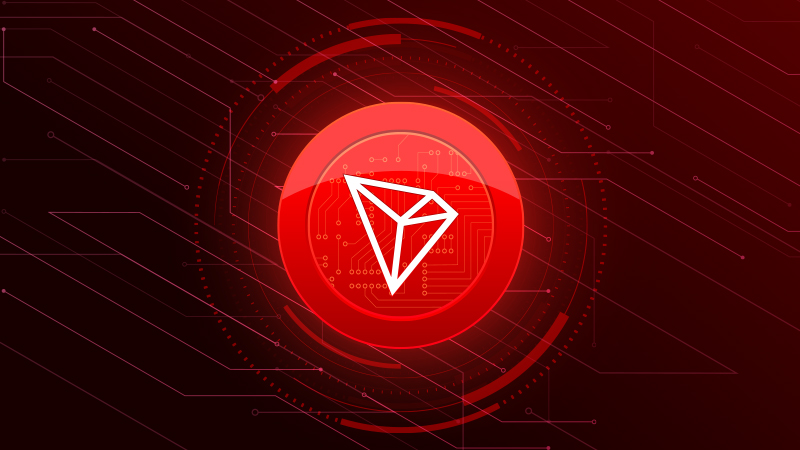
TRON (TRX) is a blockchain-based decentralized platform that aims to revolutionize content sharing, data ownership, and the digital entertainment industry. Initially founded by Justin Sun in 2017, TRON set out to eliminate intermediaries by allowing creators to distribute content directly to consumers via the blockchain. Over the years, it has grown into one of the leading blockchain ecosystems, boasting high throughput, scalability, and low transaction fees.
Let’s dive into what TRON is, how it functions, and why it matters in the crypto and Web3 world.
The Vision and the Basics
TRON’s core vision is to decentralize the internet by enabling users to publish, store, and own data freely. Instead of relying on platforms like YouTube, Spotify, or Netflix, creators on TRON can share content directly with their audience while maintaining full ownership and earning rewards without giving up revenue to centralized platforms.
TRON is powered by its native cryptocurrency, TRX (Tronix), which is used for transaction fees, staking, governance, and rewarding participants within the TRON ecosystem.
Originally launched as an Ethereum-based ERC-20 token, TRX migrated to its mainnet in mid-2018, becoming fully independent and gaining enhanced performance capabilities.
How TRON Works? The Technical Infrastructure
Delegated Proof of Stake (DPoS)
TRON uses a Delegated Proof-of-Stake (DPoS) consensus mechanism, which is faster and more energy-efficient than traditional Proof-of-Work (PoW) systems. In this model, 27 Super Representatives (SRs) are elected by TRX holders to validate transactions and maintain the network.
This structure ensures:
- Fast block times (every 3 seconds)
- High scalability
- Reduced energy consumption
Smart Contracts and dApps
TRON supports smart contracts and allows developers to build decentralized applications (dApps) using its robust infrastructure. Popular use cases include:
- Gaming apps
- DeFi platforms
- NFT marketplaces
- Decentralized file sharing
TRON’s compatibility with Ethereum Virtual Machine (EVM) also makes it easier for Ethereum developers to migrate their dApps to the TRON network.
Key Components of the TRON Ecosystem
TRX Token
TRX is the native currency of the TRON blockchain. It can be used for:
- Sending value across the network
- Paying transaction fees
- Staking and governance
- Participating in DeFi protocols and dApps
TRC-10 and TRC-20 Tokens
TRON supports two main types of token standards:
- TRC-10: Native to TRON and does not require smart contracts.
- TRC-20: Similar to Ethereum’s ERC-20, used for more advanced smart contract functionalities.
These token standards enable the issuance of new tokens, many of which are used in DeFi and NFT projects.
BitTorrent Integration
In 2018, TRON acquired BitTorrent, one of the world’s largest peer-to-peer file-sharing networks. This acquisition allowed TRON to integrate decentralized storage and bandwidth sharing into its ecosystem, culminating in the creation of BitTorrent Token (BTT).
What Makes TRON Unique?
- Zero or very low transaction fees compared to Ethereum or Bitcoin.
- Extremely fast transaction processing, thousands of transactions per second.
- High scalability and support for a wide range of use cases, including DeFi, NFTs, and gaming.
- Strong ecosystem partnerships, including BitTorrent, APENFT, and USDD (TRON’s algorithmic stablecoin).
- Focus on user empowerment, allowing content creators to earn directly from users without intermediaries.
Use Cases and Real-World Applications
TRON’s use cases span a broad range of applications:
- Decentralized Finance (DeFi): Lending, staking, and yield farming platforms.
- Digital Content Sharing: Musicians, writers, and video creators can share content directly.
- Decentralized Storage: Through BitTorrent File System (BTFS), users can store and share data.
- Stablecoins: TRON supports popular stablecoins like USDT, USDC, and its own USDD.
The Future of TRON
TRON continues to push boundaries by improving its scalability, interoperability, and adoption in real-world use cases. It’s expanding its presence in Web3 infrastructure, AI integration, and cross-chain interoperability, aiming to be a critical player in the future of a decentralized internet.
In recent years, TRON has also been involved in creating a more regulated crypto environment through the TRON DAO, a decentralized autonomous organization that governs protocol upgrades and community decisions.
TRON is more than just a cryptocurrency; it’s a complete blockchain platform with the ambition to reshape how digital content and value are shared. With its fast transactions, low fees, and growing ecosystem of dApps, TRON stands out as a powerful alternative to more congested and expensive networks like Ethereum.
Whether you’re a developer, investor, or content creator, TRON offers a versatile and efficient blockchain ecosystem worth exploring.